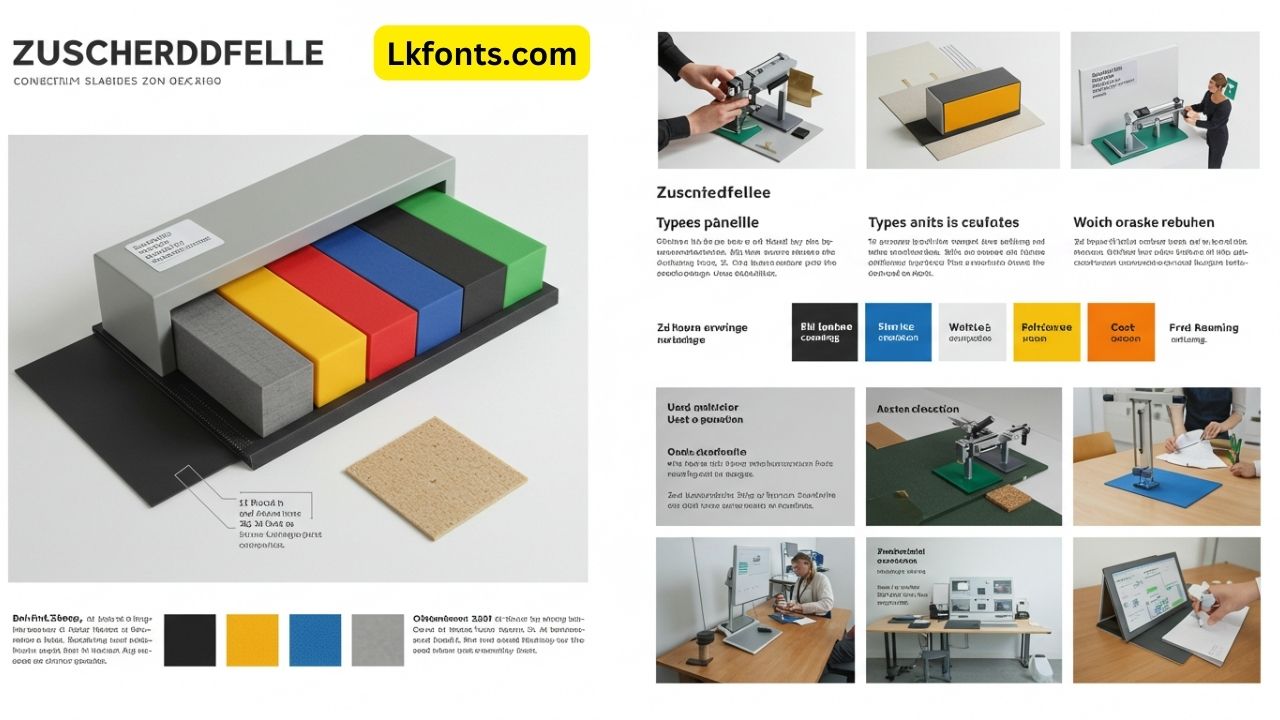The word zuschneidfelle describes cut and prepared animal hides that are widely used in tailoring, crafting, upholstery, and various design fields. Unlike synthetic materials, zuschneidfelle provide a natural combination of strength, softness, and flexibility. Over the years, this material has gained recognition among artisans, shoemakers, furniture designers, and DIY hobbyists.
In this article, we will take a close look at the importance of zuschneidfelle, how they are produced, their practical applications, and the reasons why they remain an enduring choice for both professionals and enthusiasts.
The Origin and Background of Zuschneidfelle
Historically, zuschneidfelle were associated with European craftsmanship, particularly in Germany, where tailoring and leatherwork were essential trades. Craftsmen relied on hides for clothing, footwear, and protective gear because they offered both warmth and durability.
Over time, zuschneidfelle became more refined, moving from basic utility to luxury applications in fashion and furniture. Today, they continue to bridge traditional craftsmanship with modern design, making them relevant in both artisanal and industrial contexts.
Why Zuschneidfelle Are Preferred Over Alternatives
There are many reasons why professionals still choose zuschneidfelle over synthetic fabrics and artificial leathers:
-
Durability: Properly treated hides can withstand decades of use.
-
Versatility: Zuschneidfelle are easy to cut, shape, and adapt to different projects.
-
Comfort: When used in garments or furniture, they provide warmth and softness.
-
Natural Beauty: Each piece of hide has unique grain and texture, giving every item a distinct appearance.
This blend of strength, elegance, and adaptability makes zuschneidfelle highly valued in tailoring and beyond.
Common Applications of Zuschneidfelle
The uses of zuschneidfelle span multiple industries. Below are the most significant areas where they are applied:
1. Fashion and Tailoring
Tailors use zuschneidfelle for coats, jackets, and garment linings. The hides are valued for their natural look and for offering warmth without sacrificing style. Designers also employ zuschneidfelle for creating prototypes and cutting patterns.
2. Footwear Manufacturing
Shoemakers rely on zuschneidfelle because it provides flexibility for movement while maintaining durability. High-quality leather shoes, boots, and traditional designs often incorporate this material.
3. Furniture and Upholstery
In interior design, zuschneidfelle are used for crafting premium chairs, sofas, and decorative elements. Their natural grains add elegance, while their durability ensures long-lasting furniture.
4. Crafts and Hobbies
Artisans and DIY enthusiasts turn to zuschneidfelle for making wallets, belts, and custom accessories. The material is easy to handle and allows for creative expression in small or large projects.
5. Specialty and Industrial Use
Beyond fashion and furniture, zuschneidfelle are also found in protective gloves, traditional costumes, and even musical instruments such as drums.
How to Identify High-Quality Zuschneidfelle
Choosing the right zuschneidfelle can make a significant difference in the quality of the finished product. Here are key factors to check:
-
Texture and Feel: Premium hides should feel soft yet firm.
-
Grain Pattern: Natural grains indicate authenticity and uniqueness.
-
Processing Method: Eco-friendly tanning methods enhance durability.
-
Thickness: Tailors and craftsmen should choose hides based on the intended use—lighter for garments, thicker for upholstery.
Evaluating these qualities ensures that you are investing in durable and reliable material.
Environmental and Sustainable Aspects of Zuschneidfelle
One of the lesser-known benefits of zuschneidfelle is their sustainability. Unlike many synthetic alternatives, natural hides are eco-friendly in several ways:
-
Byproduct of Food Industry: They make use of materials that would otherwise go to waste.
-
Longevity: Products last longer, reducing replacement needs and waste.
-
Biodegradability: Unlike plastics, zuschneidfelle eventually decompose naturally.
For individuals and companies aiming for eco-conscious choices, zuschneidfelle align well with sustainability goals.
Advantages of Using Zuschneidfelle
There are clear benefits that explain why zuschneidfelle remain popular:
-
Long-lasting durability
-
Unique and elegant appearance
-
Comfort and warmth for garments
-
Versatility for different industries
-
Eco-friendly properties compared to synthetic options
These advantages make zuschneidfelle not only practical but also stylish and sustainable.
Caring for Zuschneidfelle
Proper care extends the life products. Here are some simple maintenance tips:
-
Dusting: Use a soft cloth or brush to clean the surface.
-
Conditioning: Apply leather conditioners to prevent drying or cracking.
-
Storage: Keep hides in cool, dry conditions, away from direct sunlight.
-
Moisture Protection: Avoid soaking hides in water to maintain texture and durability.
When cared for correctly, zuschneidfelle products can remain beautiful for decades.
Modern Innovations in Zuschneidfelle
Advances in technology have improved the way zuschneidfelle are processed. Eco-tanning techniques reduce chemical use, while precision cutting machines allow for more efficient hide utilization. These innovations balance traditional craftsmanship with contemporary efficiency and sustainability.
Conclusion
That are more than just animal hides they represent a tradition of craftsmanship, durability, and timeless design. From fashion to furniture and from tailoring to industrial applications, they continue to play a vital role across different industries.
Choosing high-quality not only ensures strength and elegance but also supports sustainable practices. For designers, artisans, and everyday users, these hides remain a dependable and stylish choice for a wide range of applications.

